
What a year it's been for Performax Labs. This is an aggressive brand with brains, and that's why we love them.
Everyone wishes they could eat endless amounts of carbs and never have a single one of them stored as fat. In an ideal world, every single gram of bread, pasta, or potato would go towards muscle.
However, the world is not an ideal place, and neither is the human body. Unfortunately for the majority of us, our bodies will store carbs dispersed across both muscle and fat, leaving us in a quandary. While we need the carbs for performance and gains, we don't want the "softness" and delayed fat oxidation that comes with them.
Don't despair though, Performax Labs has upgraded their nutrient partitioner in SlinMax to help you shuttle your crucial macronutrients needed for growth -- to the right places.
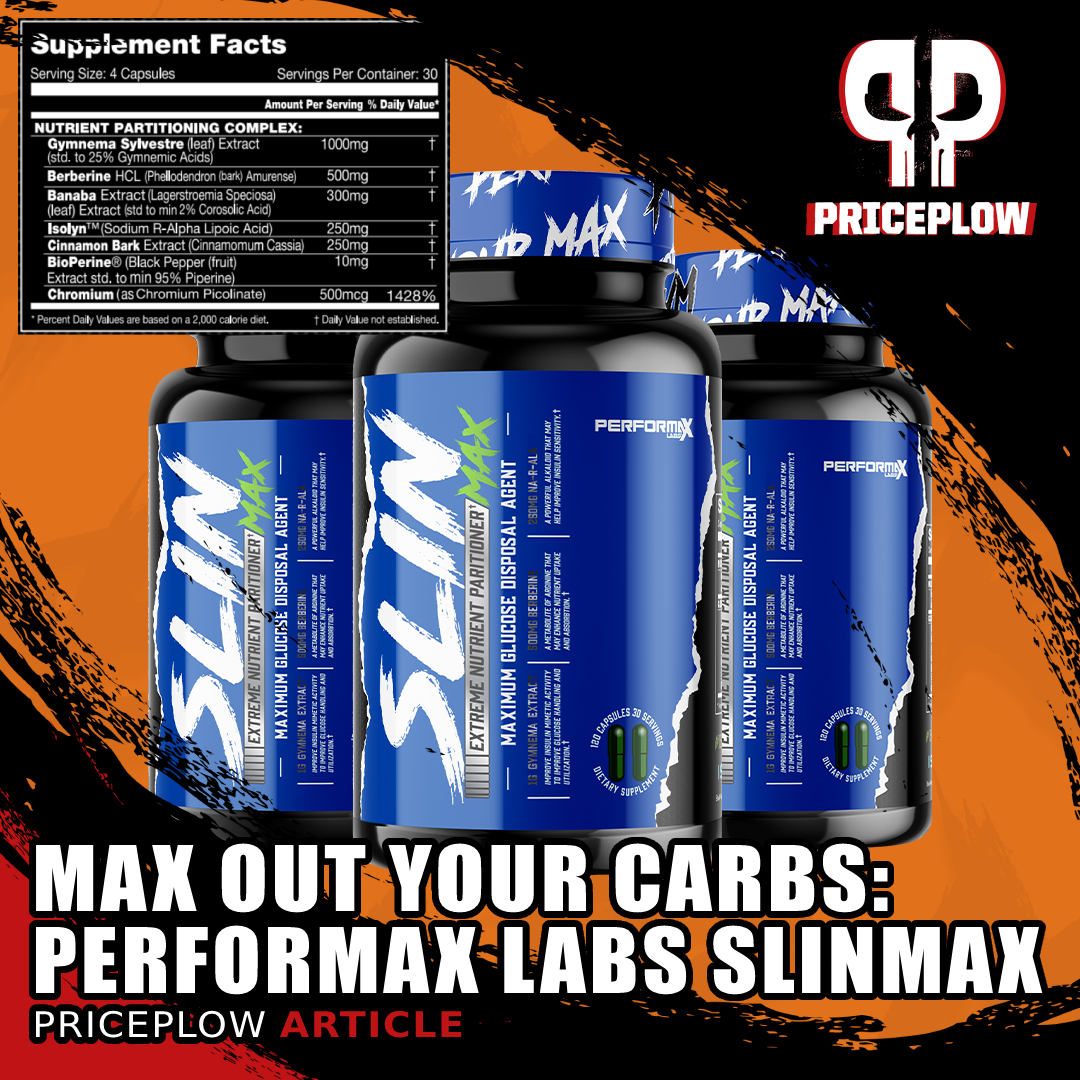
Take a look at the new SlinMax formula, four capsules deep (in an entire day's supply -- take two at a time) so that you can max out your carbs!
This is yet another incredible upgrade to the boosted Performax Labs lineup we've been covering in the last half of 2021, but could be the most important one for those chasing metabolic health on top of their physical goals.
SlinMax: A carb crusher to help with muscle and fat loss
Whereas many nutrient partitioning supplements are marketed for dieters, the real glory starts when you take a product like this with large amounts of carbs on your bulking cycles. Both can be done here, which is what's so great about improving insulin sensitivity.
If you find yourself in the carb quandary described above when you're bulking up, or still want to enjoy some carbs yet get blood sugar down while dieting, then it's time to take a look at SlinMax.
You can get all the details down below, but first make sure to sign up for PricePlow alerts and check our coupon-powered deals:
Performax Labs SlinMax – Deals and Price Drop Alerts
Get Price Alerts
No spam, no scams.
Disclosure: PricePlow relies on pricing from stores with which we have a business relationship. We work hard to keep pricing current, but you may find a better offer.
Posts are sponsored in part by the retailers and/or brands listed on this page.
This area is reserved for Team PricePlow's upcoming Ingredients video.
Subscribe to our channel and sign up for notifications so you catch it when it goes live!
SlinMax Ingredients (Total Daily Dosage Shown)
This formula is built to to help you strive for maximum muscular carbohydrate and amino acid uptake as well as reduced fat storage, but may also assist in keeping sweet cravings down.
Performax Labs keeps the label open with SlinMax, continuing their transparent ways. Four total daily capsules will get you the following powerful formula -- but realize that you should only use two capsules at a time:
-
Gymnema Sylvestre (leaf) Extract (std. to 25% Gymnemic Acids) - 1000mg
Worth noting that the serving size here is an entire day's dosage -- you should split this up into two different servings before two carb-containing meals.
Performax Labs kicks SlinMax off with a whopping dose of a powerful glucose disposal agent named gymnema sylvestre, which is standardized to contain 25% gymnemic acids, another impressive number. To put this into perspective, we generally see this ingredient at 100-400 milligrams, with few brands ever going this high.
Gymnema sylvestre is a potent plant that has various health benefits, most of which stem from its ability to control blood sugar levels.[1-3] It's traditionally been used to treat numerous inflammatory conditions ranging from hyperinsulinemia and insulin resistance to asthma to even snake bites! There are also antimicrobial and liver-protective properties.[1]
Gymnemic Acids: Sugar's nemesis
Even more interesting, the active gymnemic acids have a unique ability to curb sugar cravings,[1] which is often attributed because of their molecular similarity with glucose[4] -- they can actually bind to taste bud receptors and block sugar from those same receptors, decreasing sweetness![1]
An interesting study showed that gymnemic acids from Gymnema sylvestre actually blunt the sweetness of various sweet foods like maple syrup, while blocking the sweetness-enhancement of exotic fruits such as "miracle fruit" (which is known to even make bitter and sour foods taste sweet)![2,5] Although we generally use gymnema in capsule form, this shows the potency of this family of molecules, and it's been shown to work similarly in the intestine as well.[6]In general, the gymnemic effects have shown the following main mechanisms:[1]
- Better secretion of insulin
- The ability to regenerate pancreatic islet cells
- Improved glucose utilization
- Lower glucose uptake in the intestines
With these effects, you may find yourself craving less sweets, which can enable you to focus on carbohydrates that are more nutrient-dense (for those who are bulking), or use it as a tool to lower carbs in general.
Again, the dose is large here, even when using the split two-capsule dosage a maximum of twice daily. We expect big effects from this ingredient alone, but now it's time to ramp up insulin sensitivity and drive those carbs into the muscle!
-
Berberine HCl (Phellodendron (bark) Amurense) - 500mg
Berberine is an alkaloid compound extracted from a number of different plants used traditionally in Chinese Medicine, and Performax Labs is getting theirs from Phellodendron Amurense. Traditionally, berberine has been used for its anti-inflammatory and lipid-improving effects,[7] but over time, we've realized how much more powerful it is than that.
Research reveals that berberine is incredibly effective at controlling insulin levels and glucose disposal. Berberine activates Adenosine Monophosphate-Activated Protein Kinase (AMPK) while inhibiting Protein-Tyrosine Phosphatase 1B (PTP1B).[8] This is important, because AMPK activation improves insulin sensitivity and glucose transport in the body.[9,10]
Regarding the two mechanisms above, we often call AMPK the "we need energy now" enzyme, which then ignites the breakdown of fat and boosts other metabolic activities.[11,12] Additionally, the PTP1B inhibition mimics the activity of insulin.[13]
The end result is that berberine increases insulin sensitivity, and it does so in the muscle cells - so if you're training hard, it can help you pack away more blood glucose where you want it! We of course all have a maximum glycogen threshold, but berberine is very impressive in terms of pushing physical limits.
Thanks to the above mechanisms, we've seen some incredible results from berberine, ranging from improvements to body composition to better handling of insulin resistance and success in dealing with metabolic syndrome.[7,14-16] Studies on higher doses have even shown it outperform popular antidiabetic pharmaceuticals in both glycemia and lipid level improvement -- with a better safety profile to boot![17]
For these reasons and more, we're always happy to see berberine. The previous version of SlinMax had 200 milligrams, but Performax Labs has pushed it to 500 milligrams per day, which brings more clinical research into the fold.
-
Banaba Extract (Lagerstroemia Speciosa) (leaf) Extract (std to min 2% Corosolic Acid) - 300mg
Lagerstroemia, aka Banaba, is a plant widely used for its anti-diabetic benefits, and frequently paired with berberine above. The leaves of Banaba are rich in corosolic acid, which is thought to be the primary compound responsible for the improvement in glucose control.[18]
Prepare for the 2021 PUMPDEMIC! Performax Labs has upgraded VasoMax, and with a fully-dosed blend of both 3DPUMP and Nitrosigine, this one's going to blow the doors off the gym
Several studies using various banaba extracts optimized for corosolic acid have validated this hypothesis. Banaba has been shown to not only improve glucose transportation in the body, but also positively impact insulin sensitivity.[19-21]
In general, the data suggests 10% reduction in both fasting and postprandial blood glucose levels, at least in insulin-resistant users.[18,22-24]
Digging into the animal data, we learn that banaba (especially corosolic acid) can improve GLUT4 receptor signaling in muscle tissue[23] - and this is what's used to replenish glycogen stores! This is why we see it frequently in sports nutrition based GDAs, and SlinMax is right in line with what we like to see.
-
Isolyn (Sodium R-Alpha Lipoic Acid) - 250mg
Alpha Lipoic Acid (ALA) is a fatty acid that exists in the mitochondrion of each cell in your body and is heavily involved in energy production.[25] Sodium R-ALA is a salt form of ALA that vastly improves the bioavailability and absorption of the fatty acid, utilizing the more active isomer of the compound.
Na-R-ALA is a potent antioxidant that increases a variety of antioxidant enzymes in the body that reduce oxidative stress.[26] More importantly, Na-R-ALA also reduces blood sugar and improves glycogen storage thanks to its actions with GLUT-4 (an important glucose transporter in the body).[27,28] ALA also boost AMPK signaling, increasing the breakdown of liver fat and potentially even reducing appetite![29] Recall that AMPK is our "we need energy now" enzyme, as discussed
Our bodies are used to naturally using the R form. In supplements, it's more expensive... but it also works better.
Alpha lipoic acid can stimulate AMPK in metabolic tissue, and seems to reduce appetite and enhance liver fat breakdown.[26] Consider AMPK the "we need energy now" enzyme that boosts metabolism,[11,12] as discussed in the berberine section.
Taking a step back, the standard alpha lipoic acid has been studied to combat neuropathy from chronically high blood glucose levels.[30] Research has demonstrated that it can reduce HbA1c levels as well as blood glucose,[31] which lines up with our experience discussed below.
Note that the Na-R-ALA is more expensive than your traditional ALA, and when we see it in formulas, we know the brand cares. Taking it even further, Performax Labs has dosed us at 250 milligrams per day, which is more than the 100-200 milligrams we often see!
Anecdotally, in our experiences from wearing constant glucose monitors, Na-R-ALA just seems to keep blood sugar levels 5-10 points lower on average throughout the day, so we're always happy to see it included in a GDA supplement.
-
Cinnamon Bark Extract (Cinnamomum Cassia) - 250mg
More than just a delicious spice, cinnamon has an incredible effect on insulin, glucose, and metabolism in general. Its various components such as cinnamic acid, coumarin, eugenol, and catechins inside have numerous therapeutic antibacterial, anti-inflammatory, and antidiabetic properties.[32]
Most interesting of all is the cinnamon polymer named methylhydroxychalcone, which is actually an insulin mimicker that helps clear glucose from the bloodstream![33,34] When put to the test, cinnamon can improve glucose uptake, reducing fasting glucose levels.[32-34] With that effect, we've seen better triglyceride panels and HbA1C levels, and it also works acutely in the form of blood sugar levels after eating.[34]
We've been noticing an incredible trend of berberine pairing well with cinnamon - two ingredients with similar goals, but different mechanisms[35] that work very powerfully together.
-
BioPerine (Black Pepper (fruit) Extract std. to min 95% Piperine) - 10mg
Black pepper extracts are widely used in the sports nutrition realm for their ability to improve the bioavailability and absorption of the various other constituents in supplements. Thanks to the piperine inside, black pepper helps slow intestinal emptying rate and inhibits other compounds in the body that could prematurely degrade the ingredients contained in supplements before your body has a chance to absorb them.[36,37]
Both of these actions help to ensure your body makes the most of all the ingredients contained in SlinMax - and we'll get the standard 5 milligrams in each two capsule dosage.
-
Chromium (as Chromium Picolinate) - 500mcg (1428% DV)
Chromium picolinate has shown itself to be the most bioavailable and potent supplemental form of chromium,[38,39] an essential trace mineral that plays a huge role in insulin action and metabolism at large.[40-42] Chromium picolinate was the original glucose disposal agent ingredient on the market, and still stands strong to this day.
Performax Labs ProWheyMax is out, and it's a WPC-80 / WPI-90 whey protein blend boosted by Velositol and DigeZyme!
Reason being, chromium deficiency leads to numerous health conditions,[34] many of which are due to insulin signaling problems.[33] With this incredible daily dose in SlinMax, we can likely avoid such issues, allowing chromium to do its job and boost insulin sensitivity at the receptor level -- driving more glucose from the bloodstream![43]
With those mechanisms in place, research has shown several benefits with regards to chromium picolinate supplementation, including better insulin sensitivity, weight management, and even better mood and craving suppression![32,44-50] Most of the research has been done on insulin resistance users, but it can even work well by acutely lowering blood sugar in healthy individuals as well.[51]
We often see 200 micrograms of chromium as a "standard" dose, which we never complain about - but 500 micrograms gets us further into the research demonstrating more of the effects listed above. This is especially solid when you have chromium picolinate, which is up to 15 times more bioavailable than other forms of chromium.[38,39]
We have a massive deep-dive on this ingredient in our article titled Chromium Picolinate: The Ultimate Trace Mineral For Insulin Sensitivity.
Dosing
Many of these ingredients are known as "diet" ingredients, but that's not always the case - especially not in sports nutrition with brands like Performax Labs! SlinMax can be used for both bulking and cutting.
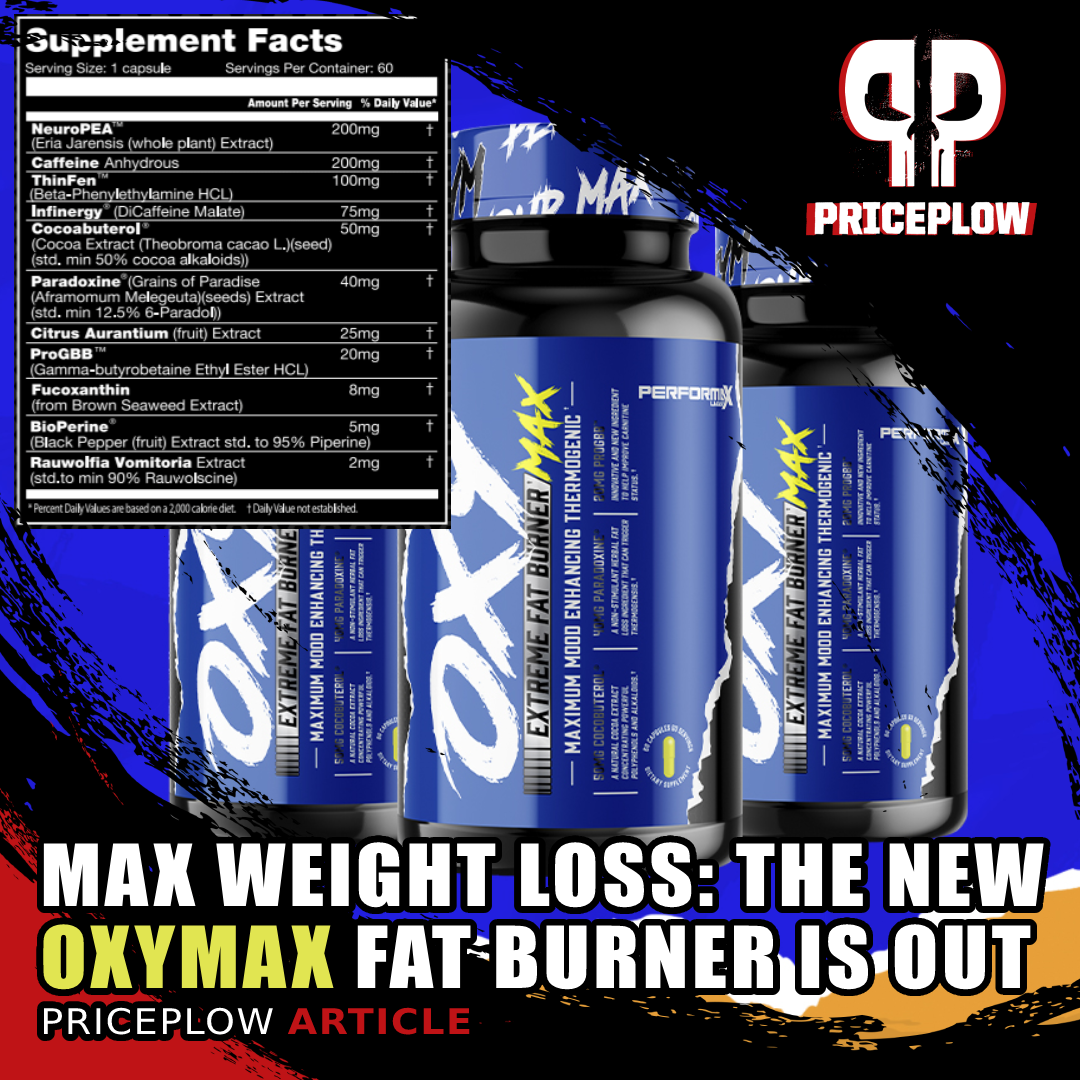
The new Performax Labs OxyMax fat burner is out, and it packs a massive punch in just one capsule!
-
When bulking, Performax recommends consuming 2 capsules twice per day, 10-15 minutes before a large carbohydrate-containing meal (50-100g carbs).
For most excellent results, one of those carb-containing meals should be sometime pre workout. Prepare for some solid pumps.
-
For dieting, you can consider taking 1 capsule 2-4 times per day before a carb meal containing at least 25g carbs. This can helps reduce bloating, improve digestion, and shuttle glucose away from fat cells.
This is also a great time to stack with the upgraded OxyMax fat burner.
Wrap Up: SlinMax Got Even Better
After all of the upgraded Performax Labs supplements from the end of 2021, including the epic HyperMax 3D Extreme, we're not at all surprised at the new and improved SlinMax.
Since the original SlinMax launched, we've learned a lot about glucose disposal agents, and are extraordinarily comfortable taking them. The long story short is this: don't eat carbs without them!
If you've grown to fear carbohydrates because they seem to put you in a prolonged "sugar burning" mode where you've halted fat oxidation for a while, it's time to think again - just give your body some tools it can use to drive that sugar into your trained muscles... so that you can get back to burning fat, not sugar!
While the majority of us don't have the natural genetics of the elite bodybuilders and physique models who are seemingly non-stop insulin sensitive, we can push our genetic metabolic limits with formulas like this one. SlinMax tilts the odds in your favor and enhances the way your body utilizes all nutrients, not just carbs. Say goodbye to softness and hello to fuller muscles, better vascularity, and improved metabolism.
This marks the end of a huge series of articles on Performax Labs in 2021, but make sure to sign up for our Performax news alerts below -- we're confident they have a ton more coming in 2022:
Performax Labs SlinMax – Deals and Price Drop Alerts
Get Price Alerts
No spam, no scams.
Disclosure: PricePlow relies on pricing from stores with which we have a business relationship. We work hard to keep pricing current, but you may find a better offer.
Posts are sponsored in part by the retailers and/or brands listed on this page.
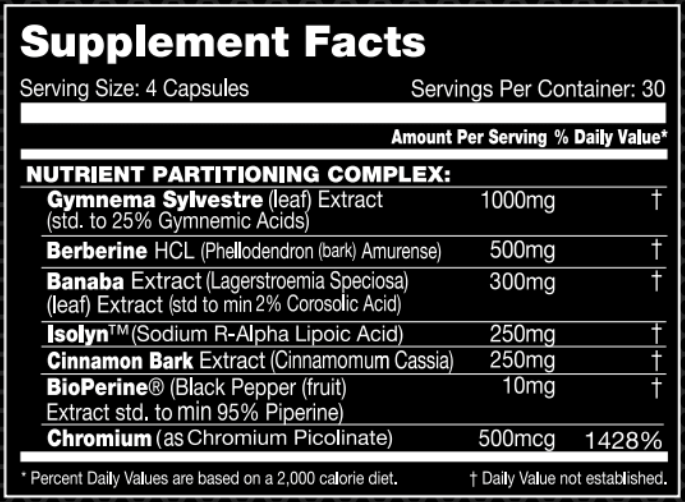
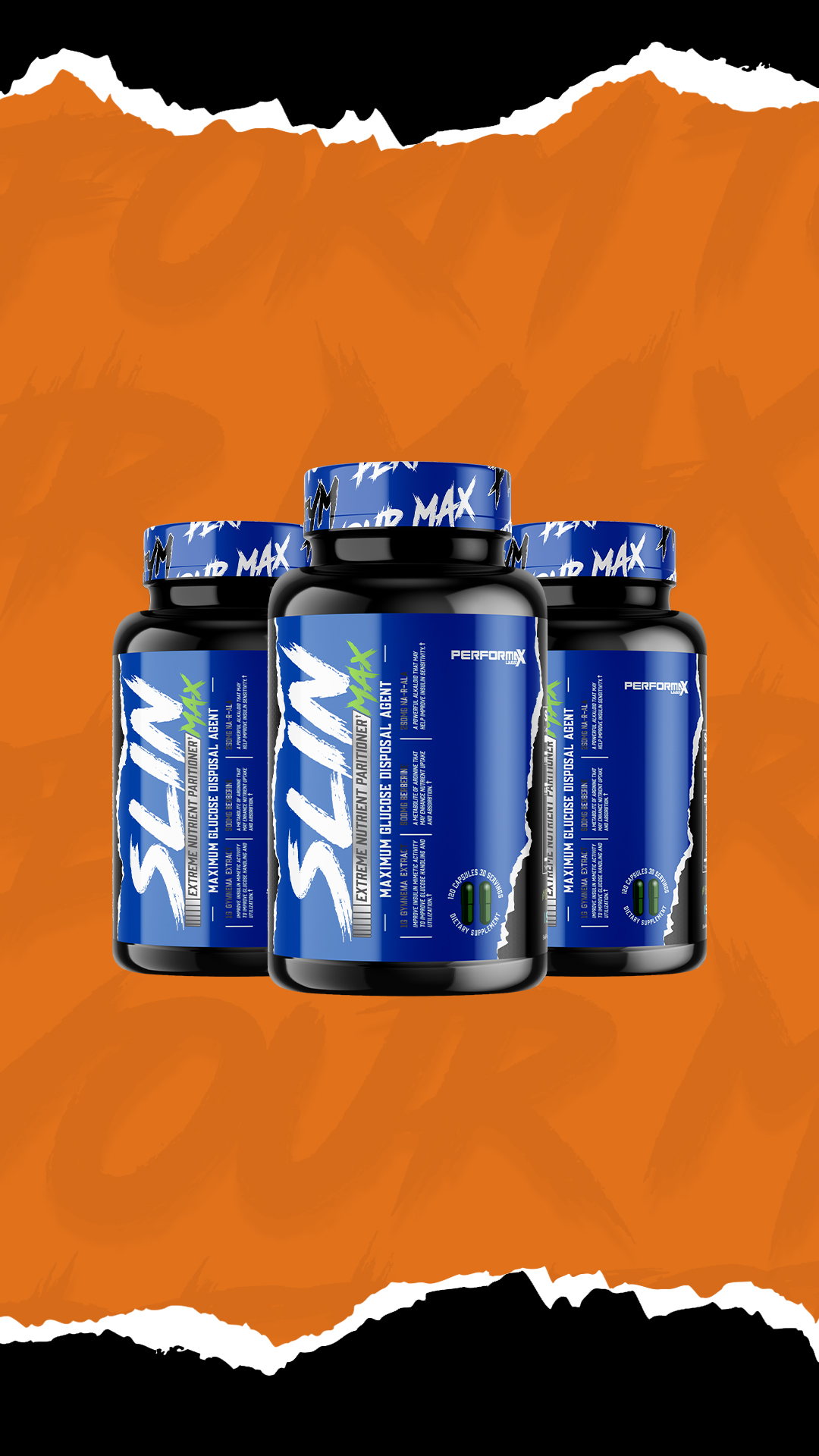
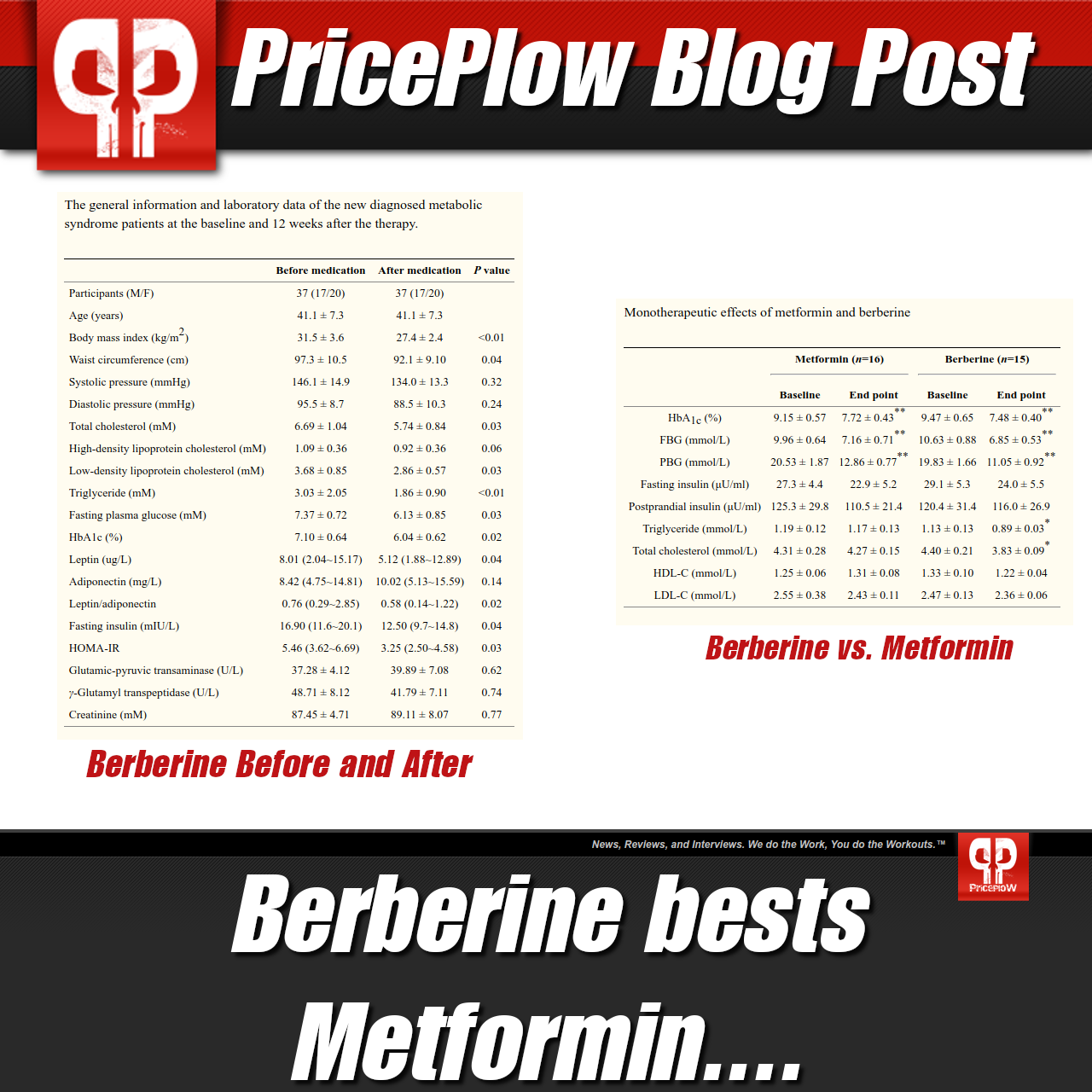


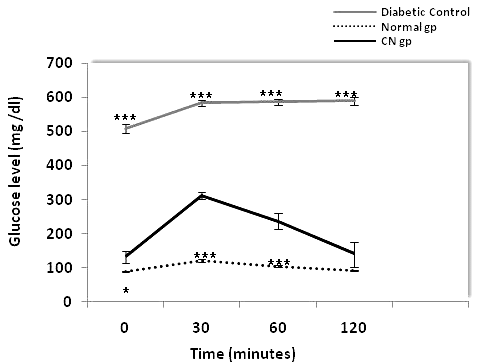
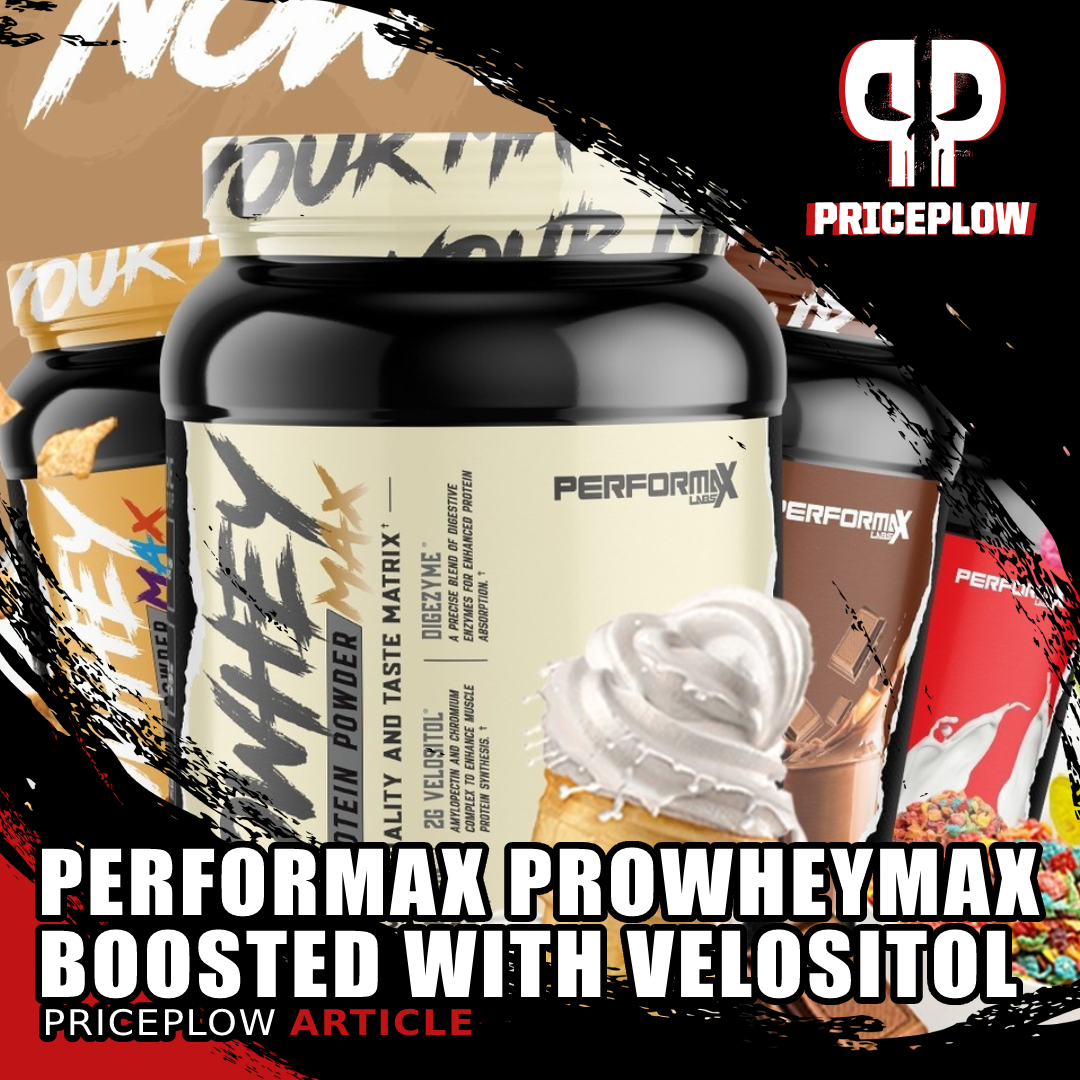
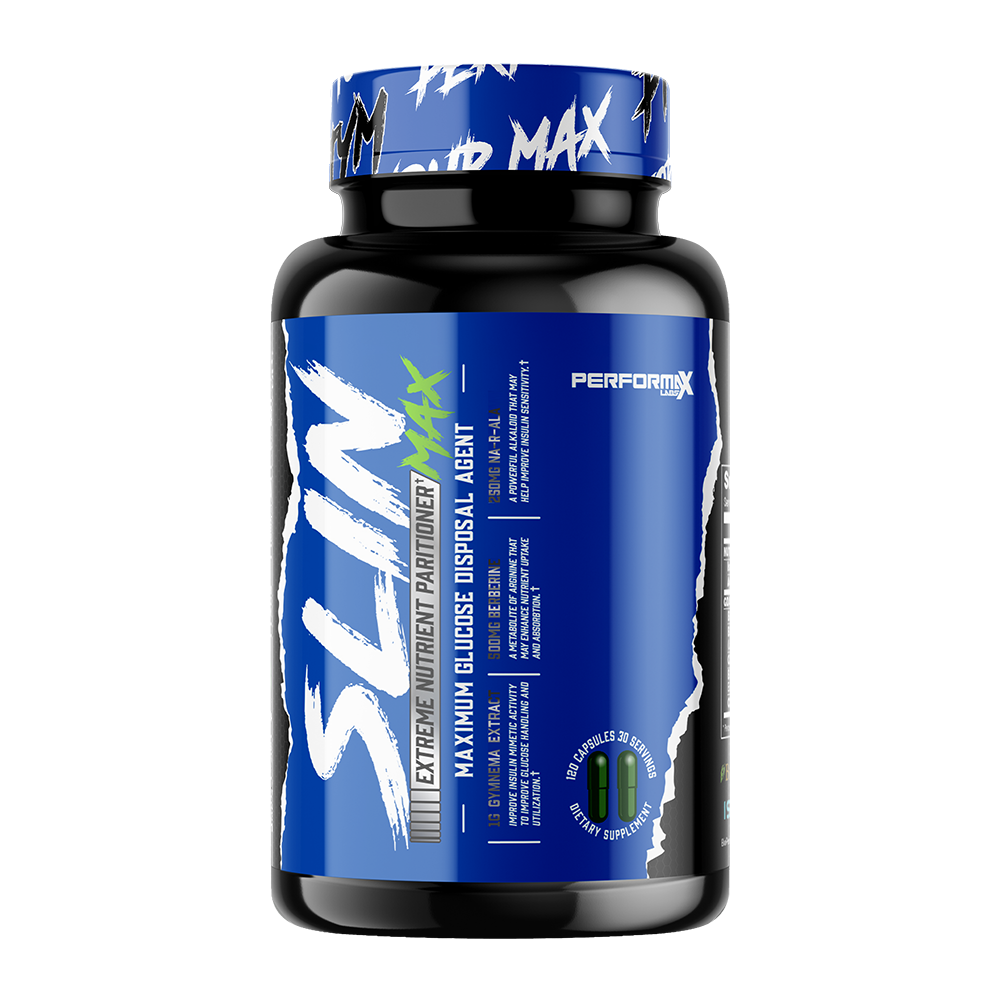


Comments and Discussion (Powered by the PricePlow Forum)